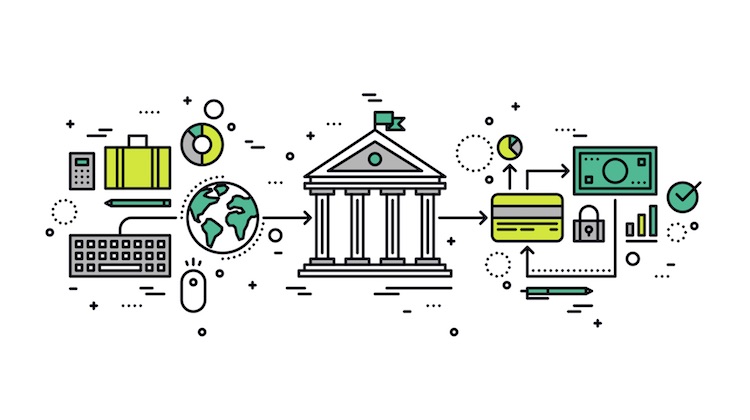The Customer Effect
Why a virtual bank is making bank branches part of its US launch
- A Ireland-based virtual bank will launch in the U.S. this fall, and its customer relationship-building strategy will be based on the growth of physical branches.
- Iam Bank is rebranding the traditional branch as the 'customer experience center' where customers will be able to take part in personal finance workshops and other networking events.








